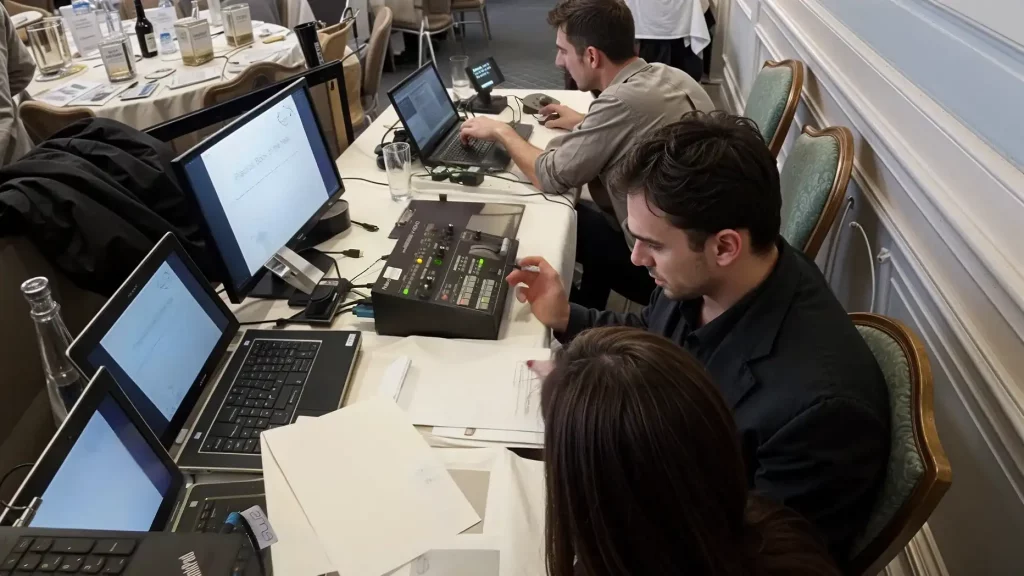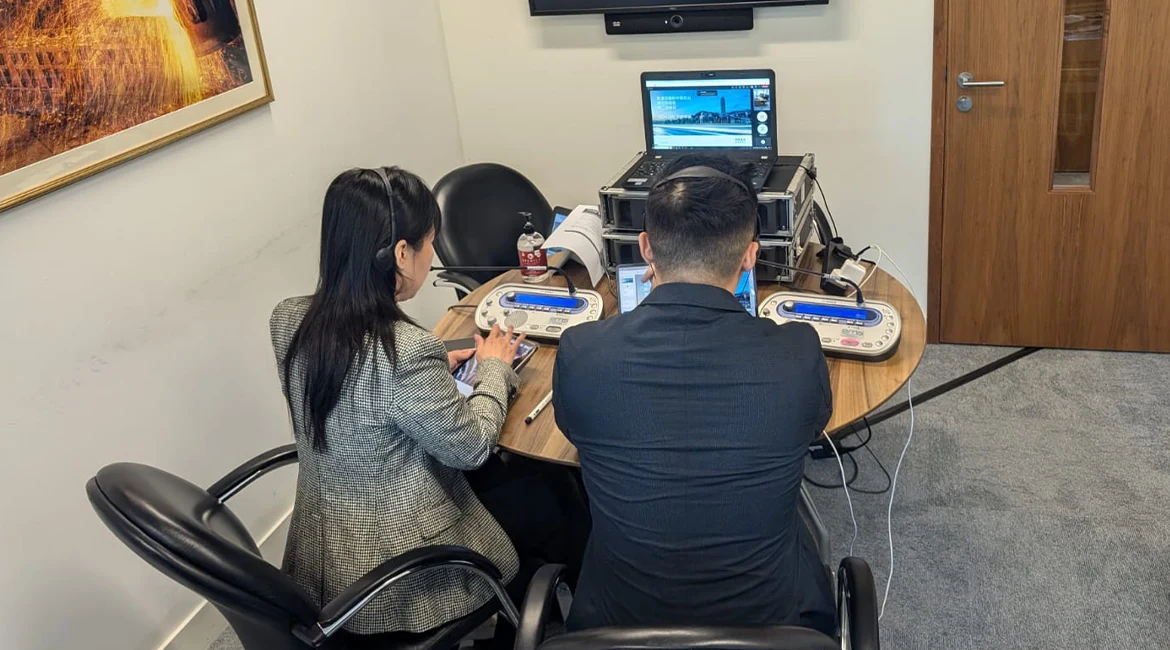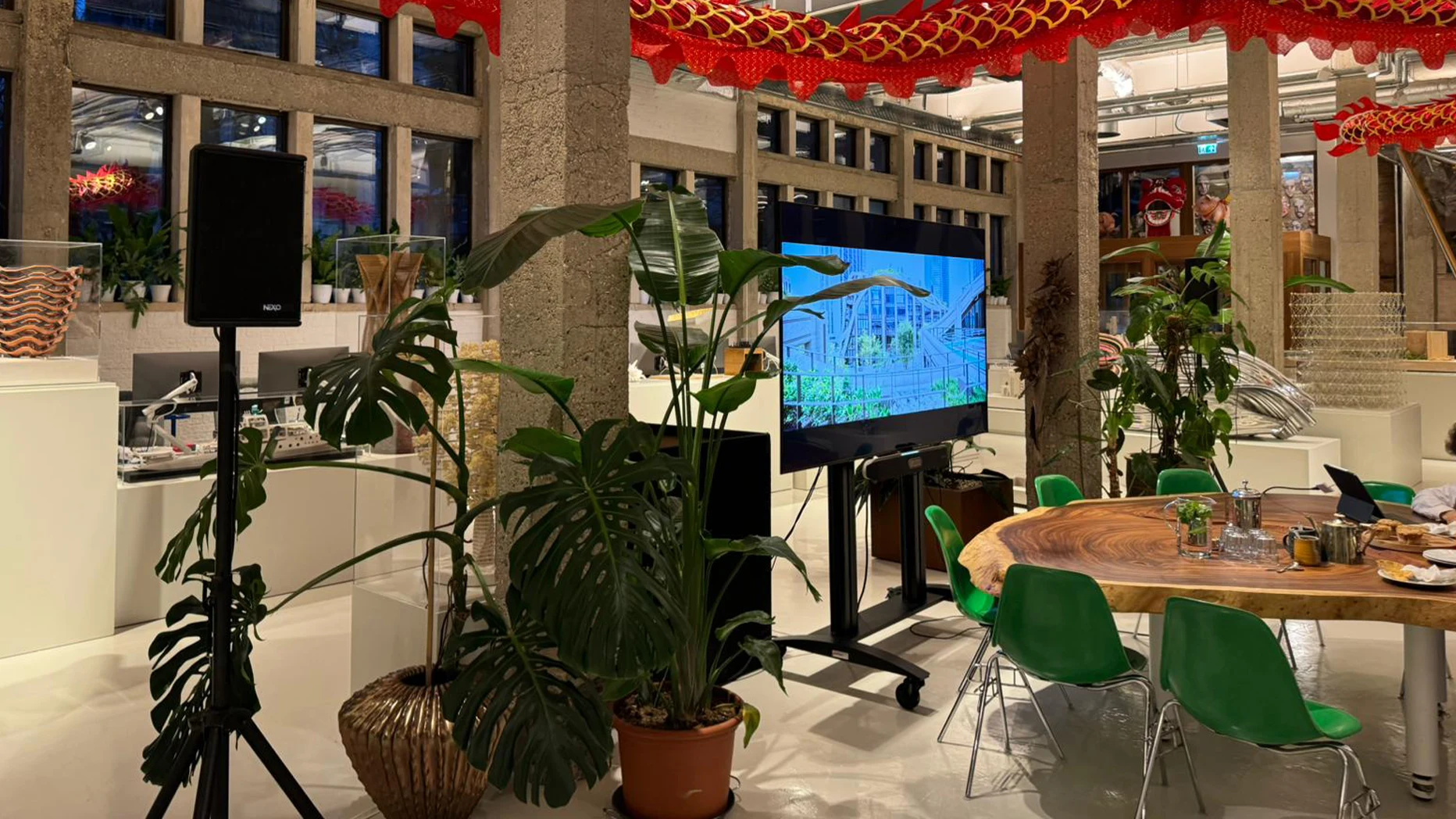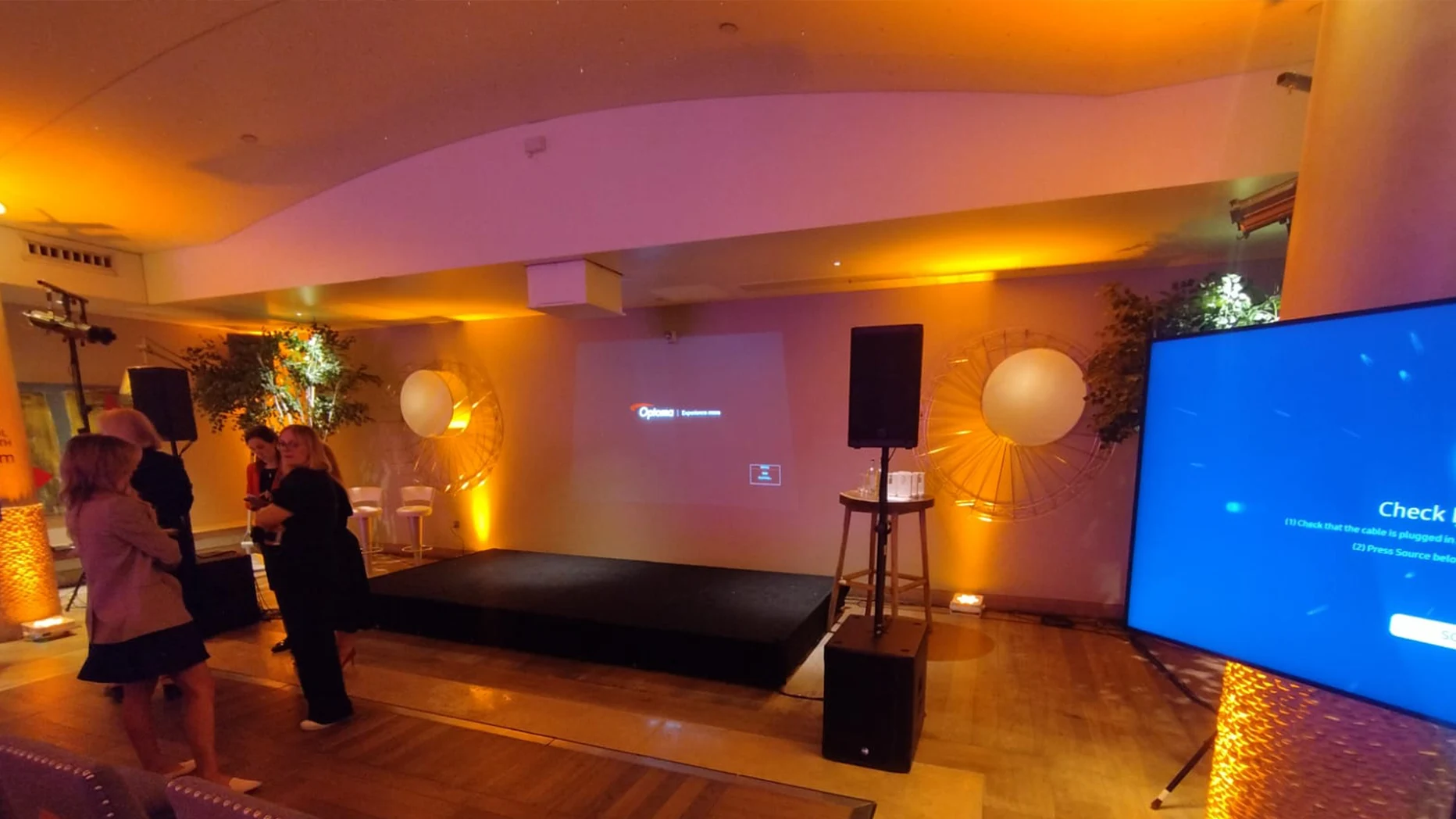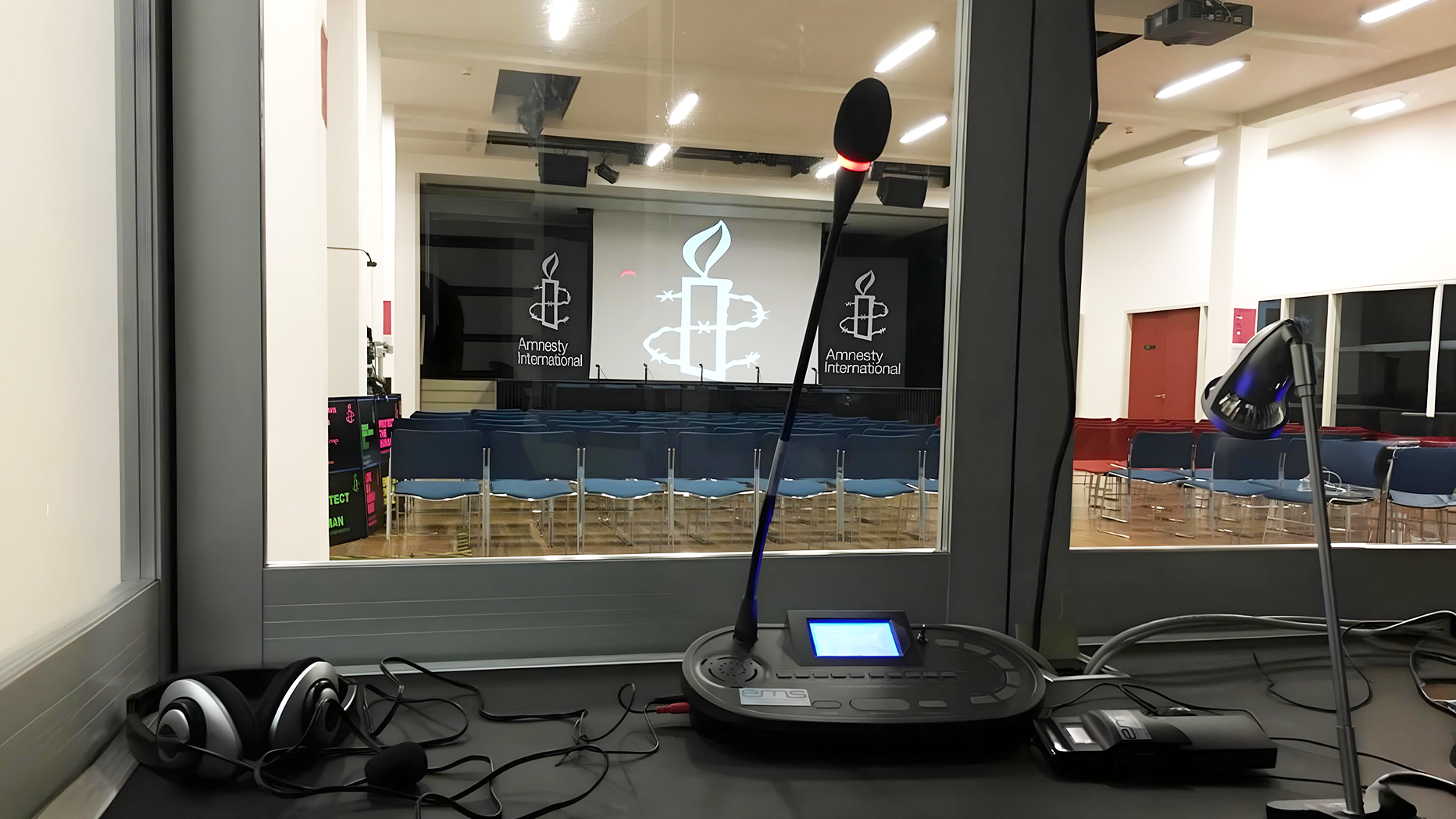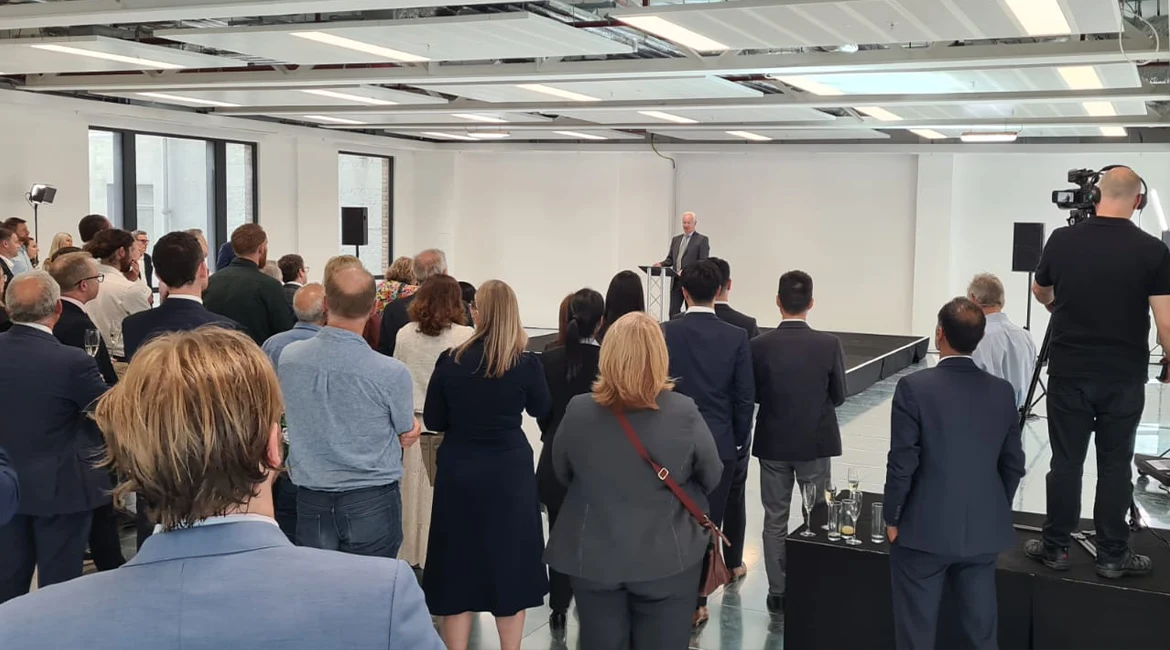Just wrapped your latest event? Hold up before you jump into planning the next one. Take some time to analyse the results of your post event.
Did you know that 19% of event marketers lack the data or tools to measure their event’s success? Let’s change that with a killer post event report.
Do you think it’s just another item on your to-do list? Think again.
This crucial document doesn’t just tally up numbers; it reveals insights that could seriously boost your future strategies. Were your business objectives met? Did you truly captivate your audience?
A high caliber post event report answers that and much more with a roadmap that not only makes future expectations but exceeds them.
In this guide, we’ll explain how to create a comprehensive post-event report that covers key metrics such as goals, attendance, budget, and overall success.
Why do you need a post event report?
When the last guest has left, and the venue is empty, it can feel like the job is done. But how can you measure if your event has been successful? How do you know that what was set in place before the event was achieved? The answer lies in the post event report.
It’s a comprehensive document that summarises key aspects of your event, including its goals, attendance, budget, and overall success.
This well-structured post-event report gives important insights into what worked and what didn’t and how to make your next gathering better, too. It highlights what went well and points out areas for improvement for clear feedback on your performance.
Here are the reasons why preparing post event reports should be a prime concern:
- Showcase ROI (Return On Investment) to stakeholders.
- Identify areas to improve for future events.
- Highlight what your team did well.
| 🎯 Quick Stats: A report by Market Splash reveals that 87% of event professionals consider data analytics and event feedback essential for future event success. This highlights the growing importance of making decisions based on data in the event industry. |
What to include in a post event report format?
Now that we’ve discussed why it’s important. Let’s dive into the post event report format. Here are the key sections and metrics you should include:
1. Event overview
A quick event snapshot would give the rest of the report context. Before moving on to numbers and feedback, the post event report format should always begin with a brief event overview. This is where you outline the basics:
- Event name and date
- Location (venue)
- Type of event (conference, trade show, seminar, workshop, etc.)
- Objectives and goals of the event (e.g., lead generation, increase brand awareness)
- Number of attendees
| 💡 Pro Tip: A short, detailed overview sets the stage and provides clarity for anyone reading the report. |
For example, when hosting a technology conference aimed at brand awareness, you’ll identify such goals on this page. Simple but indispensable for getting to know the perspective of the succeeding numbers.
2. Attendance engagement
When measuring the success of your event, attendance is a key factor, but it doesn’t tell the whole story. To really measure success, you need to measure engagement. Here’s what to track:
- Compare the total number of registrations vs actual attendance
- Track how many people interacted with your event’s content.
- What is the number of newly contacted or converted sales if it was a lead-generating event?
| 🎯 Quick Tip: Use QR codes at the entrance to streamline attendance tracking. |
3. Budget analysis
A post event report is not only about the fun stuff but also about the financials. How did you do on a budget? Here’s what you need to include:
- Budget vs actual costs
Did you stay within the budget? For example, did the venue costs exceed the budget by 10%? Were any additional services, such as catering or tech equipment, not in the budget?
- Return on investment
This is important if the event is marketing—or sales-driven. Did your event generate revenue, or did it cost more to put it together than it generated in return? If not, where can you cut costs or make improvements?
ROI can be measured for a marketing event by tracking sales leads, audience engagement, or even social media buzz.
A simple table like this works wonders to highlight the budget metrics:
| Category | Budgeted (£) | Actual (£) |
| Venue | 10,000 | 12,000 |
| Marketing | 5,000 | 4,500 |
| Catering | 3,000 | 2,800 |
4. Feedback from attendees
Feedback from attendees is always important in improving your future events. Do not forget to include a summary of survey results or any other forms of feedback you collected, such as:
- Survey results & satisfaction rate: Did attendees enjoy the event?
- Content relevance: Was the event content valuable and engaging?
- Logistics & facilities: Was the event’s logistics smooth (check-in, process, venue accessibility, etc.)?
| 🎗️ Fact: Surveys with open-ended questions often provide more valuable insights than simple rating scales. |
5. Speaker & session performance
For events with multiple sessions or speakers, the quality of each session is the key to assessment. Use metrics such as:
- What were the highest attended sessions?
- How well did attendees rate each speaker? Did they feel the content was valuable?
- Were some speakers more interactive with the audience than others?
This section of the post-event report format highlights the most popular sessions and provides feedback on which topics or speakers need improvement.
6. Successes & challenges
Be honest here. Mention what worked and what needs to be improved. For example:
- Success: 90% of the attendees graded the event “excellent”.
- Challenges: Wifi connectivity was lost in key sessions.
7. Social media & online presence
In today’s digital age, social media plays a crucial role in events. Assess how well your event was received online. Look at metrics like:
- Hashtags: Trach how many times your event’s hashtag was used.
- Social media mention: How often was your event mentioned on social media platforms?
- Engagement rates: Did attendees share photos or comment on your event’s posts?
By analysing your post-event report, you’ll understand your event’s digital footprint and how you can leverage this in future promotions.
8. Event Goals & KPIs
At the event’s start, you probably had set some specific objectives. This section should measure how well those objectives were achieved. For example:
- Did your event increase the visibility of your brand or cause?
- Did you meet or exceed your target if the event was meant to boost sales?
- Did attendees build valuable connections?
You can determine if the event achieved its intended results by measuring these key performance indicators.
9. Lessons Learned & Recommendations
Every event provides insights that can be transferred to future projects.
What worked well? What did not?
This is where you write about:
- Success: What went according to plan? You may have had a good understanding of the logistics, attendee satisfaction, or the number of leads generated.
- Challenges: What problems do you encounter at the venue, food, or technology? List them and devise a solution to prevent them from happening again.
Quick Suggestions: Here’s your chance to offer recommendations for the event. For example, if the feedback shows that your event was too long, try to shorten the sessions next time.
Example of post event report
To give you a clearer picture, here’s an example outline of a post event report:
| Section | Details |
| Event name | Annual tech conference 2024 |
| Event date | December 15, 2024, London |
| Event objective | To showcase emerging technologies and connect industry leaders. |
| Total Attendees | 150 registered, 135 attended (90% turnout) |
| Budget Overview | Planned: £100,000 |
| Key Metrics | 80% participated in Q&A60% downloaded presentations 20 new inquiries generated |
| Attendee Feedback | Satisfaction Rate: 92%Top Positive Feedback: “Excellent speaker lineup.” |
| Challenges Faced | Minor technical issues during the virtual stream Lower-than-expected virtual turnout |
| Lessons Learned | Invest in better virtual event tools like AV Equipments Begin virtual marketing earlier |
| ROI | Sponsorship Revenue: $50,000Ticket Sales: $40,000Total ROI: $90,000 |
| Next Steps | Follow-up emails to attendees Plan for hybrid enhancements for next year |
The post-event report format organises key details into digestible sections, making analysing the event’s performance easy and planning improvements for future events.
| 💡 Pro Tip: Use visuals like charts and graphics to present data clearly and engagingly. This makes your report more manageable. |
How to write a post event report format
A post event report can be a daunting task. But it does not have to be. Here is a step-by-step guide on how to write a post event report that stands out:
Step 1: Gather Data
Collect all relevant information related to your event:
- Attendance numbers
- Financial Records
- Participant Feedback
- Engagement metrics
Step 2: Define your structure
Organise your report into clear sections based on the components mentioned above.
Step 3: Start with an executive summary
This should summarise your report into a single page or less.
Step 4: Provide Detailed Information
Avoid long paragraphs and stick to the facts. For every section, be as descriptive about the data as possible:
- For easy reading, use bullet points to keep things concise.
- Add tables when it is in the financial summary or attendance metric type.
Step 5: Interpret the feedback
- Focus on comments received from participants as follows:
- Point out good remarks and shortcomings
Step 6: Recommendation
Make particular suggestions for your future events after summarising and interpreting your report.
To give you a detailed overview, we’ve compiled a comprehensive format in this PDF. Check it out now! [Download PDF].
Wrapping up
Creating a detailed post-event report takes time and effort, but the insights are worth it. With these tips and metrics, you’ll be well on your way to writing a comprehensive and valuable post-event evaluation report. It’s not just about wrapping up an event; it’s about improving future events and showing your stakeholders the impact of your hard work. If you want to improve your next event, start with the right tools, such as AV equipment, the right venue, lighting, and more.
